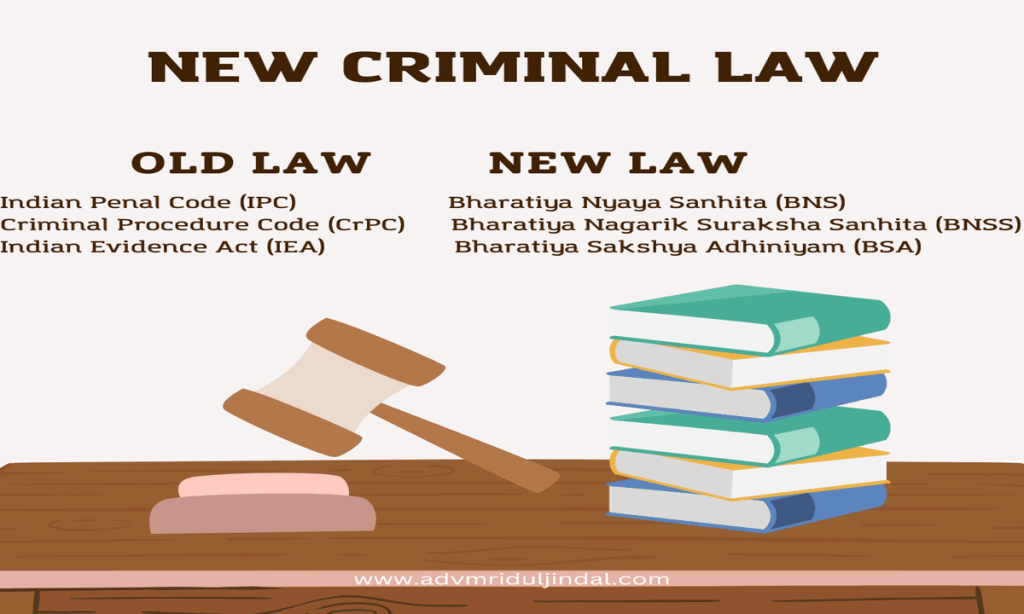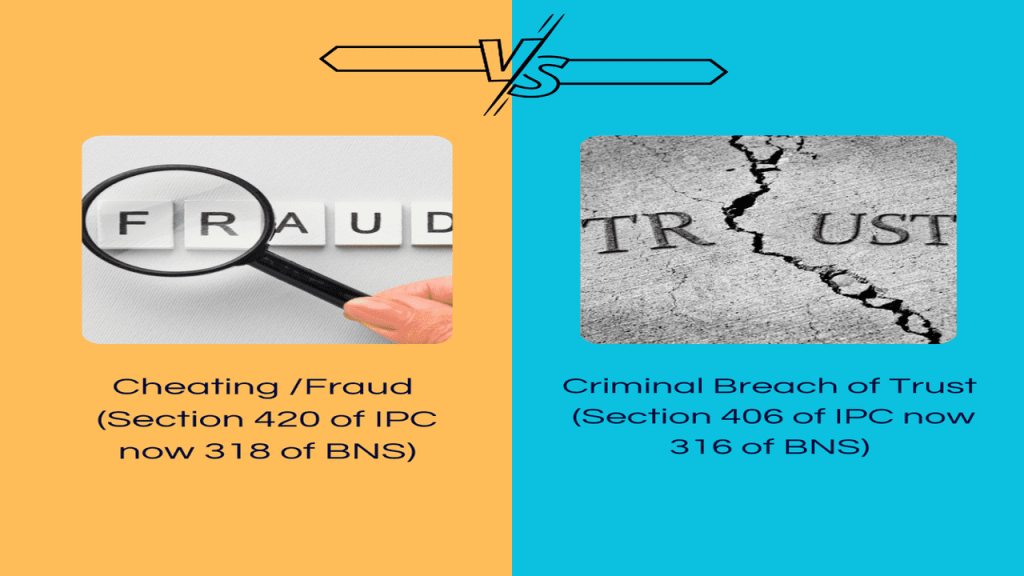Criminal Profiling is one of the investigation tool which is used by the investigation team to find out the perpetrator of crime. Today where science and technology has improved so much, finding the actual perpetrator has become easy and sometimes challenging. When police has exhausted all its resources and used all its techniques, criminal profiling came out to be to very useful tool in which profiler by looking at the crime scene try to analyse the characteristics, race, age, geographical location and behaviour pattern of the criminal. This in turn narrows down the filed of investigation. One of the first attempt in this regards, was of a 16 year old bomber name George Metesky who planted more than 30 bombs in the city between 1940 to 1950. Unable to find him, police took help of Psychiatrist James Brussels who came up with the detailed description of the suspect. He predicted that the suspected would have been unmarried, uneducated, foreign. He also said that paranoia tends to peak at the age of 35, the bomber after 16 years must be at the age of 50, it’s because of these predictions police was able to catch the bomber and able to solve the case.[1] Later on in late 1970 and 1980 six stages for criminal profiling was 1 developed by the FBI which helped to solve the cases in large number. [2] However some 2 claims it to be more of an art and there are some people who claim it to be more scientific, which is matter of debate. Therefore in this paper I will try to find out whether criminal profiling (CP) is a scientific method of creating data base of the offender or not ? But before that it’s important to understand that what is criminal profiling.
CP is also known by other name like criminal personality profiling, offender profiling, behavioural profiling often calls investigative psychology. In words of Muller “profiling is the process by which a portrait of an offender is drawn from analysis of crime scene left by the perpetrator.” [3] In other words it is refereed as a psychological profiling, a process in which the evidences found at the crime scene is analysed to determine the behaviour of offender. (Douglas, Ressler, Burgress, & Hartman, 1986).[4] Geberth (1981) defined “profiling as an educated attempt to provide investigative agencies with specific information about a certain type of suspect.” [5]
In 2006 internet survey was conducted to examine the opinion and experience of the forensic psychologist and psychiatrist about CP. It was found that out of the 161 people who were surveyed about 10% of them had profiling experience and more than 25% were aware about criminal profiling. 40% people in that survey agreed that CP is reliable and scientifically valid. On other hand some people were of the opinion that though profiling lack scientific support but it is very useful for the law enforcement. [6] Even in case of United States v. Meeks (1992), testimony based on criminal profiling was accepted. [7] In a paper by Cook and Hinman they reviewed the scientific status of CP and came to the conclusion that due to change in sex roles and other environmental factors the climate of crime is also changing due to which it posses challenges to the behavioural and psychological profiling. They were of the opinion that generally profiler come to the findings when they gather information from the past experience. Based on those past experiences they make educated guess and came to the conclusion that what kind of person did the crime. They suggest that if more research is done then profiling can become more of a science. There are many other research studies which claim that CP due to little research it’s not a valid science. As stated by Kocsis, ‘Possibly the greatest mystery surrounding criminal profiling has been its growth despite an absence of robust scientific evidence to validate it’. However in my opinion such understanding doesn’t stands 9 because there is always a scope beyond what’s predicted. CP is an indicative tool which in most of the cases is accurate. It important to understand that just because its findings aren’t uniform in all the case it doesn’t decreases its validity. There are many research studies which indicate that how CP findings are almost accurate and when such findings are combined with other circumstantial evidences it has helped to solve the case. For example- In a Canadian case study 51 police officers were interviewed about there experience with criminal profiling and majority of officers agreed that CP helps them solve case and is a valuable investigation tool which were accurate. This clearly shows that how 10 as a science CP helps in solving the cases. In a 1990 study by Anthony Pinizzotto two group of people were tested one who were trained in criminal profiling and one who were not. Case material was given to solve cases related to murder and rape. It was found that the findings of the criminal profilers were more accurate in cases relating to sexual offences. However in cases relating to murder less accurate result were found and both the groups had almost similar result. This indicates that CP was more accurate in cases relating to 11 sexual offences. In his study It was further found that 77% of the respondents were satisfied with the findings of the profile which helped them in investigation.12
One of the important aspect in criminal profiling is the classification of the crime as organised or unorganised crime. This was the critiqued by Wilson that the offender can be categorised as both organised and unorganised offender due to which findings of CP may indicate wrong result. This leads doubt in criminal profiling. However in my opinion it 13 doesn’t make CP invalid because while making profile, many other factors like whether crime scene was deliberately made unorganised or organised is also taken into the consideration, therefore just picking up one aspect of it can’t invalidate CP. In words of Douglas, CP doesn’t provide the specific identity of the offender, instead it indicates the kind of person who might have done the crime. They said CP is more useful in motiveless 14 crimes where the perpetrator shows repeated pattern of crime. In a paper Criminal Profiling: A Viable Investigative Tool against Violent Crime author E Douglas claims that CP had been very useful in identifying the anonymous letter written. He said that the words which are used in a message can be used to compare with ordinary words and the vocabulary of the speaker indicates the unique signature words to that individual. He said that this help the police to ascertain the background and psychology of the offender. For example- if a person has a good vocabulary than it means he/she might be educated. He said that through interview of the rape victim the behaviour of the perpetrator can be ascertained which help further to know what kind of person did the crime. Douglas in his paper claimed that CP is very useful in case where the motivation for the crime may be hidden. To explain this point he illustrated 1982 case in which a 25 year old married lady was murdered, detectives were not able to solve the case. Later on FBI Behavioural science unit was contacted. They analysed the crime scene in which there was no attempt of struggle or defence by victim was found. Further the murder weapon was found in kitchen, husband reported that jewellery belonging to victim was stolen. Report indicated that victim had been drinking at the time of assault and there was no indication of sexual assault. They came to the conclusion that it was the husband was the offender. According to their CP victim was drinking and later on argument must have taken place. Victim being intoxicated wasn’t able to defend herself. In order to safe himself from crime the offender washed the blood and staged the crime in a way that it look a sexually motivated crime. They advised the detective for a polygraph test of the husband and later on husband was found guilty. This indicates that just by analysing the behaviour of a person in a 15 particular case scenario, one by use of little common science and CP can easily find the actual perpetrator. Even in one article author Kocsis claimed that CP is compatible with legal principles and can be used as admissible expert witness testimony.16
From the above case studies, surveys and research papers it can be concluded that though the process of CP is not accurate. It might not be suitable for all kind of crimes. However it’s very useful where the perpetrator is unknown and crime is done without any motive. Especially in case relating to sexual offences it has been proven to be accurate which clearly indicate that it’s very much scientific in nature. Not every method is full proof or fully accurate, flaws can be found in any scientific method. Most of the time CP in many survey and research studies has indicated almost similar characteristics to the actual perpetrator which reveals that CP is scientific method of making profile of an offender. Though there can be little variation in the results of CP. However, little or some variation doesn’t take away the fact that CP isn’t accurate or scientific. If not all the characteristics are similar to the offender but most of the characteristics have been found to be accurate. While making a profile of an offender a proper process is followed and many other factors are also considered due to which in most of the cases CP reveals accurate results. Even in the paper where author claim it to be art has admitted that it is accurate in most of the cases and little more research can make it science. With the advancement in technology, It has developed to a level where the investigator has an additional tool for solving a case and the offender has added worry about him/ her being caught. Therefore it can be said that criminal profiling is a scientific method of creating data base of an offender.
References
1 Julian Boon, ‘Criminal Profiling: Distinguishing the Media Prurience from the Real Life Science’ (1995) 1992 Inter Alia 31
2 Robert J Homant, ‘Offender Profiling: Theory, Research and Practice’ (1998) 25 Crim Just & Behavior 507
3 Damon A. Muller “Criminal Profiling: real science or just wishful thinking?” Homicide Studies Vol 4 No.3, August 2000
4 Pascale Chifflet “Questioning the validity of criminal profiling: an evidence-based approach” Australian & New Zealand Journal of Criminology published online 12 May 2014
5 John E Douglas and Robert K Ressler and Ann W Burgess and Carol R Hartman, ‘Criminal profiling from crime scene analysis’ (1986) 4 Behav Sci & L 401
6 Angela N. Torres, Marcus T. Boccaccini, and Holly A. Miller “Perceptions of the Validity and Utility of Criminal Profiling Among Forensic Psychologists and Psychiatrists” Research and Practice 2006, Vol. 37, No. 1, 51–58
7 Ibid, page- 53
8 PatrickE. Cook And Dayle L. Hinman “Criminal Profiling: Science and Art” Journal of Contemporary Criminal Justice 1999 15: 230
9 Supra Note 4
10 Brent Snook, Amanda Haines, Paul J. Taylor And Craig Bennell “Criminal ProfilingBelief and Use: A Study of Canadian Police Officer Opinion” The Canadian Journal of Police & Security Services Volume 5 issue 3/4 fall/winter 2007
11 Anthony Pinizzotto “Criminal Personality Profiling: An Outcome and Process Study” Law and Human Behavior (Vol. 14, No. 3)
12 Ibid
13 SupraNote 3, Page- 255
14 Supra Note 5, Page- 402
15 John E Douglas and Alan E Burgess, ‘Criminal Profiling: A Viable Investigative Tool against Violent Crime’ (1986) 55 FBI L Enforcement Bull 9
16 Richard N.Kocsisa And George B.Palermob “Criminal profiling as expert witness evidence: The implications of the profiler validity research” International Journal of Law and PsychiatryVolume 49, Part A, November–December 2016, Pages 55-65










